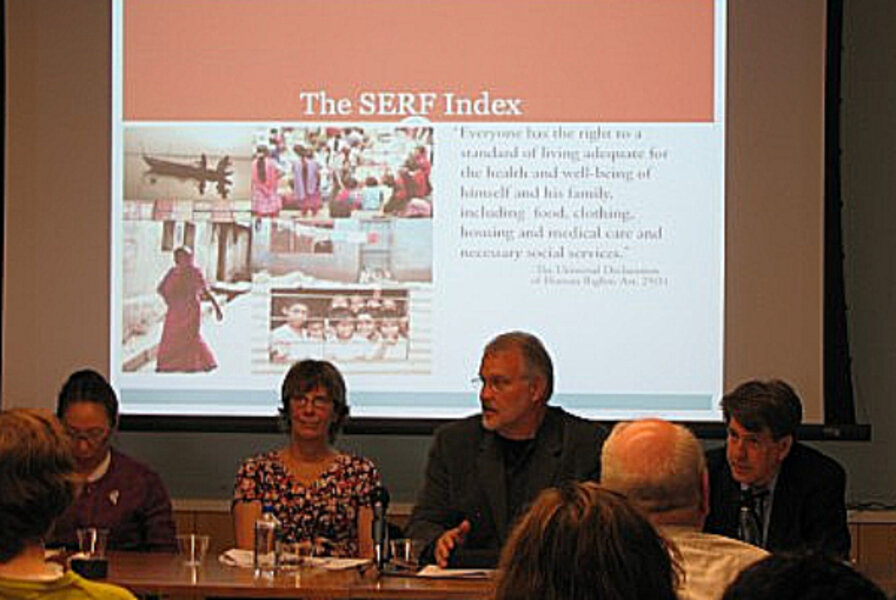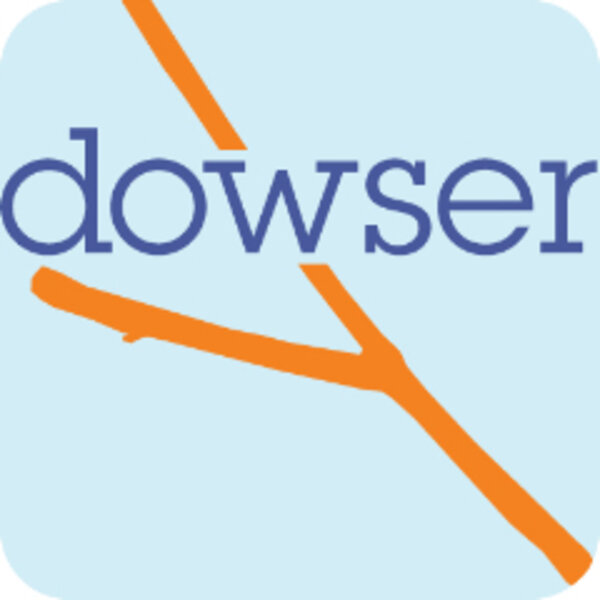A new way to measure human rights may revolutionize global advocacy
Loading...
In 1948, the United Nations passed the Universal Declaration of Human Rights in the hopes of creating a world in which individuals lived without oppression. In the decades that have passed, human rights advocacy has grown into a worldwide community of organizations, academics, and think tanks.
But the task of protecting and improving human rights faces numerous challenges: the problem of using standardized indexes to measure rights in highly heterogeneous cultural and national contexts is one. And for many human rights scholars, the tendency to concentrate advocacy efforts on political and civic rights, like the right to vote or the right to a fair trial, rather than social and economic ones, like the right to education or health care, is another significant limitation.
A small group of scholars based at The New School in New York City and the University of Connecticut, with support from the Social Science Research Council, have created what they hope will be a more rigorous and globally applicable human rights index that focuses on social and economic rights, called the SERF index. The Economic and Social Rights Empowerment Initiative launched the index on May 13, in a public panel at New York University’s Institute for Public Knowledge.
The SERF index aims to break away from other rights indicators by accounting for not only the rights-bearers, but also duty-bearing state governments. Focusing on the “core rights” of adequate housing, education, food, healthy, work, and social security, SERF takes a substantive and contextual approach that asks, firstly, the extent to which a nation’s people are enjoying these rights and, secondly, the extent to which countries are feasibly obligated to fulfill these rights.
In order to deal with the immense variety of governments around the world, SERF is relying on GDP as a proxy for state capacity, something which New York University law professor Margaret Satterthwaite suggested may be problematic at the panel.
For an example of how the indicator works, the panel showed how Equatorial Guinea and Moldova measure nearly equal on the Human Development Index, but drastically different according to SERF. The gap is a result of accounting for how much a national government is measuring up to what it is capable of doing, given its economic situation.
Indicators define goalposts and policy objectives for human rights advocates. Therefore, in order for an indicator to be effective, it must be put into use by these activists, explained Larry Cox, the US director of Amnesty International. For an indicator to acquire authority it must be replicable, clear, and backed up by solid academic research – and, Mr. Cox said, this one certainly merits all three claims. Furthermore, Cox emphasized that the indicator’s methodology must be made comprehensible to larger civil society audiences.
Still, limitations exist for the SERF index. There are missing data sets that may be difficult to obtain in many cases, there is a need to address broader questions of moral imperatives and judgment in the face of cultural differences, and there is the challenge of bringing the indicator to activists who can use it to work toward policy reforms.
Nevertheless, the SERF index represents a new direction in the field of global justice by attempting to tackle significant problems that are a result of divergent histories and unequal power relations around the world.






